Membrane Transporter/Ion Channel
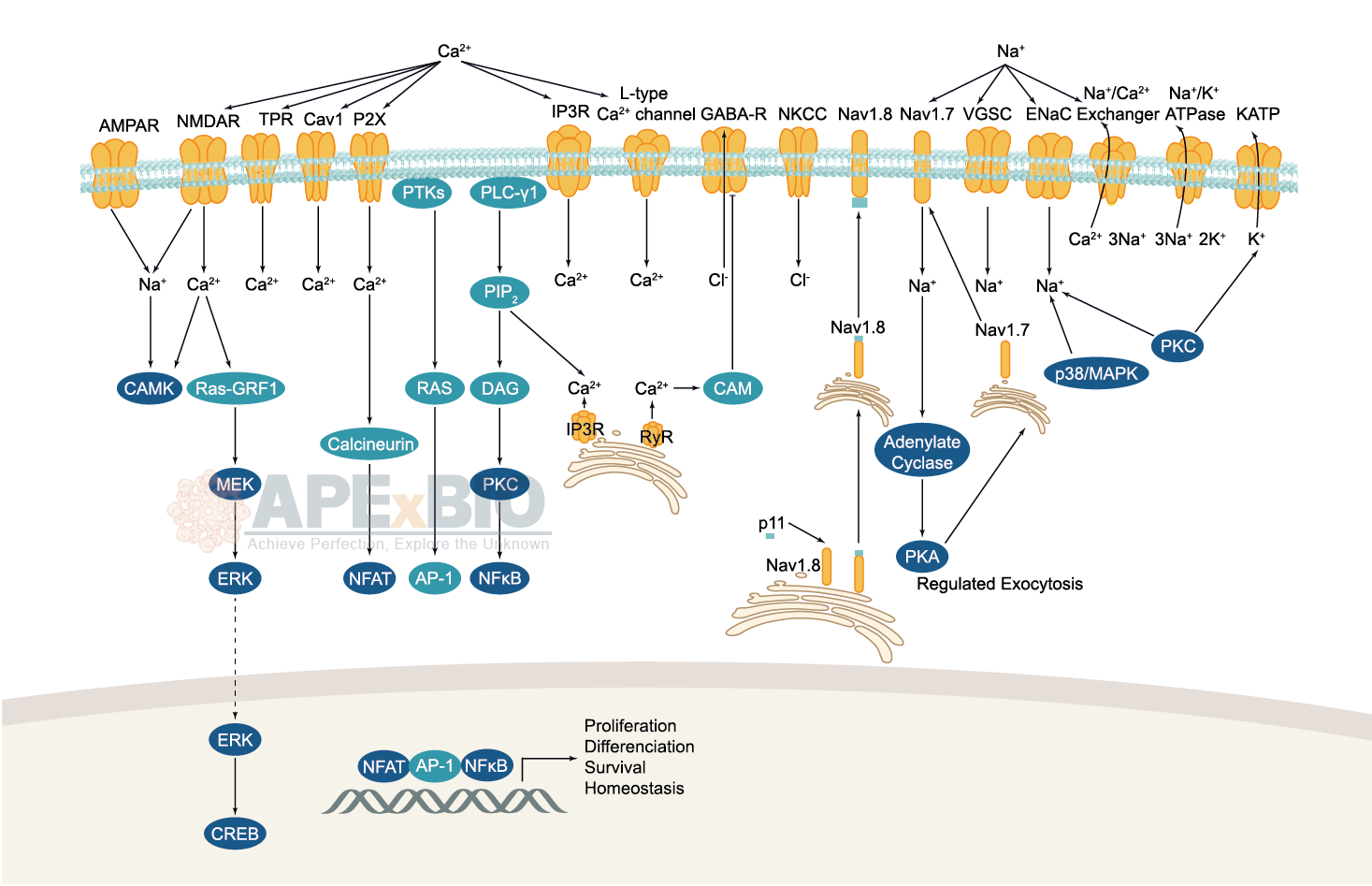

Membrane Transporters mediate the movement of ions and molecules via binding and moving the substance across the membrane. There are two main actions of transporter: facilitated diffusion (passive transport) and active transport. Membrane transporters which bind the hydrolysis of ATP to the transport of target molecules are referred to as ATPases. For instance, Na+,K+-ATPases or Na+,K+-pumps are responsible for the transport of Na+ out of and K+ into cells.
Ion channels are pore-forming membrane proteins which allow the flow of ions across the membrane. The ion channels can be broadly grouped into six families including calcium channels, chloride channels, potassium channels, sodium channels, gap junction proteins and porins. Not all ion channels are gated, such as certain type of K+ and Cl– channels, transient receptor potential superfamily of cation channels, the ryanodine receptors and the IP3 receptors, but most Na+, K+, Ca2+ and some Cl– channels are all gated by voltage. Ligand-gated channels are regulated in response to ligand binding (e.g. neurotransmitters signaling). These ligand-gated neurotransmitter receptors are known as ionotropic receptors. Various neurotransmitters couple to ionotropic receptors such as glutamate, acetylcholine, glycine, GABA, and serotonin.
-
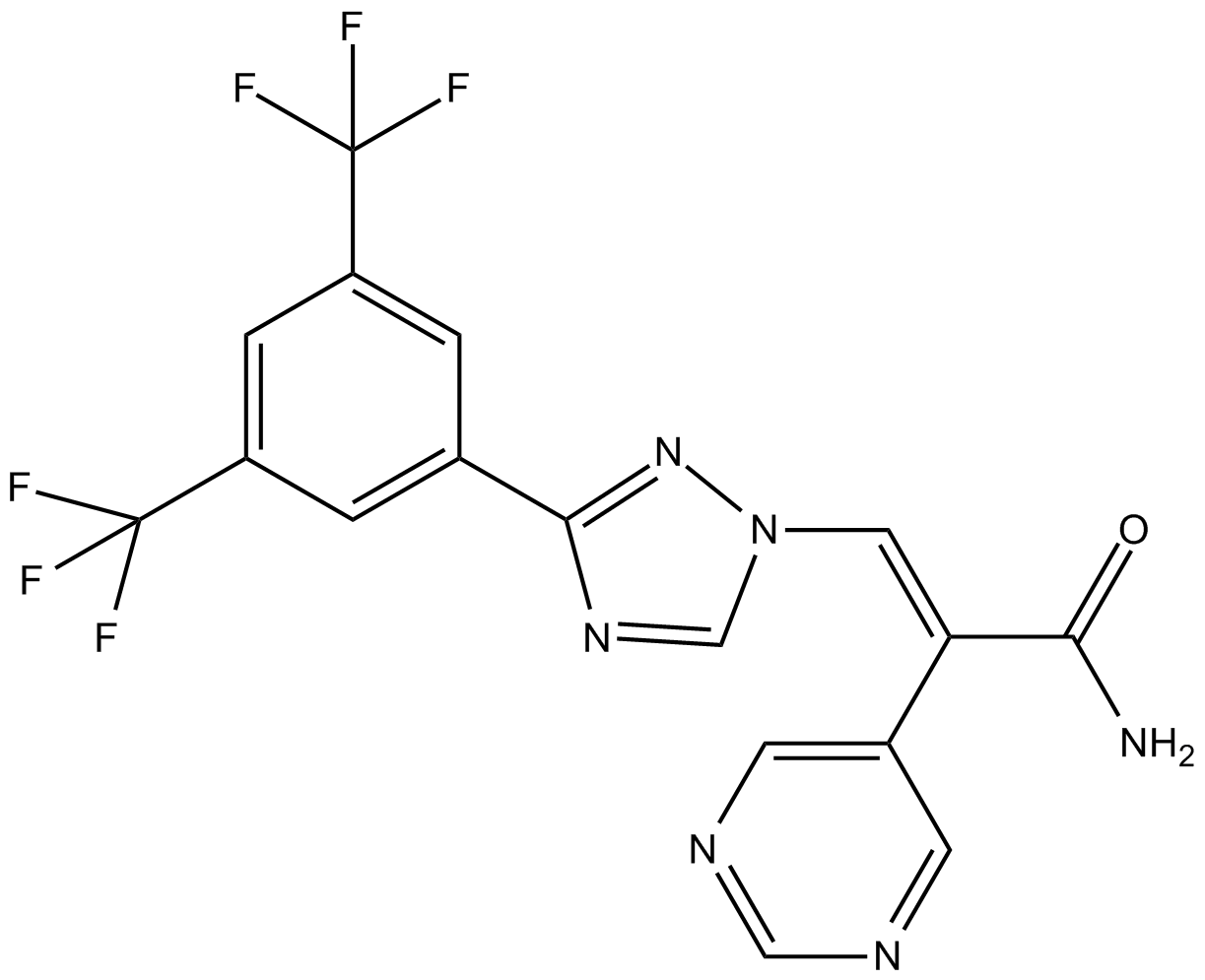 B8335 Eltanexor (KPT-8602)2 CitationSummary: A second-generation, orally bioavailable XPO1/CRM1 inhibitor
B8335 Eltanexor (KPT-8602)2 CitationSummary: A second-generation, orally bioavailable XPO1/CRM1 inhibitor -
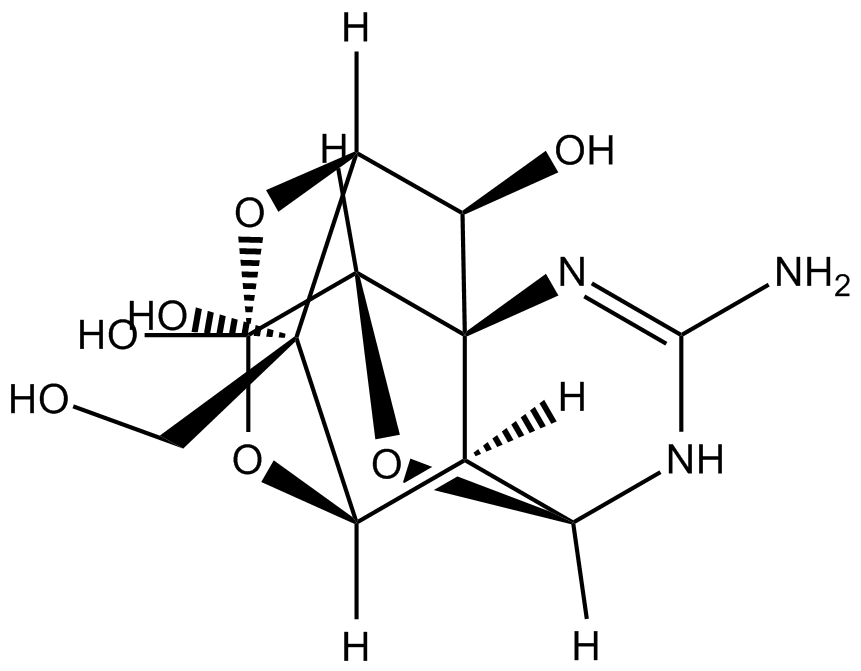 C4285 4,9-Anhydrotetrodotoxin
C4285 4,9-Anhydrotetrodotoxin -
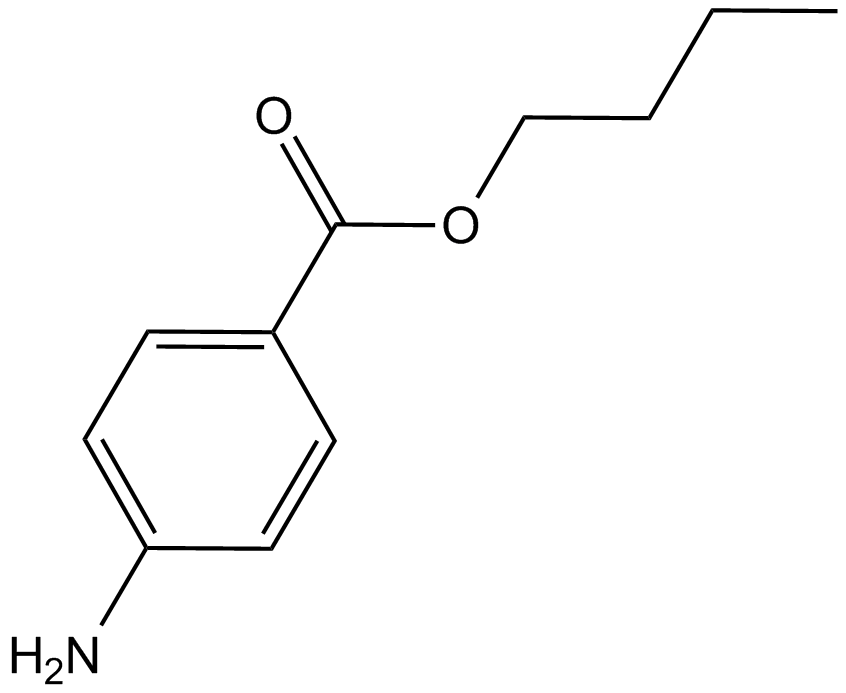 B8389 Butamben
B8389 Butamben -
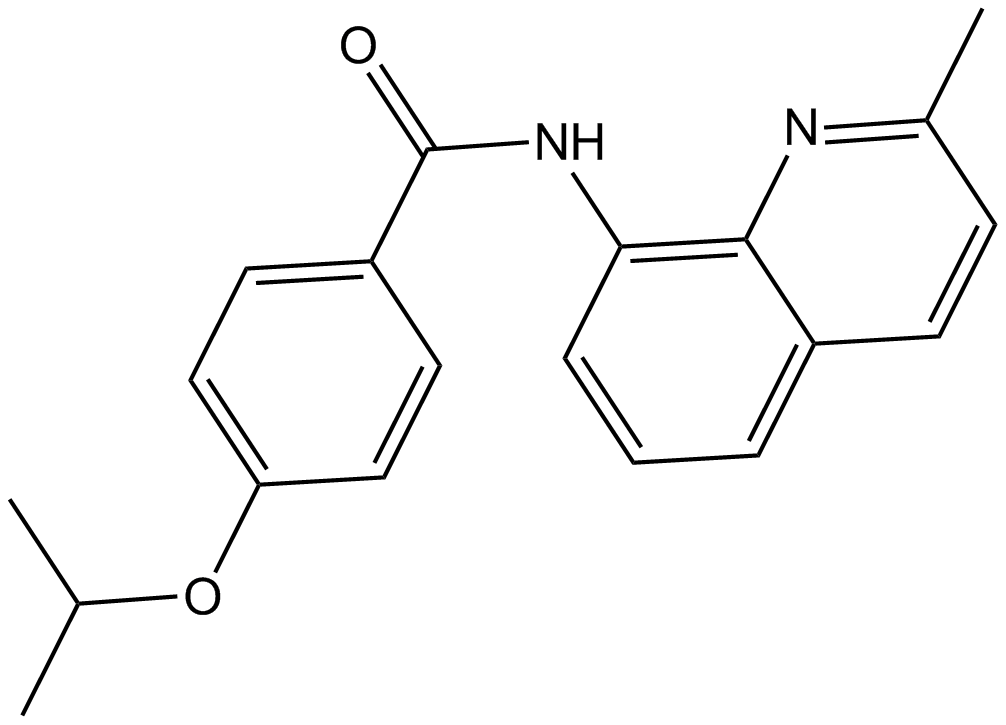 B8455 CDN1163
B8455 CDN1163 -
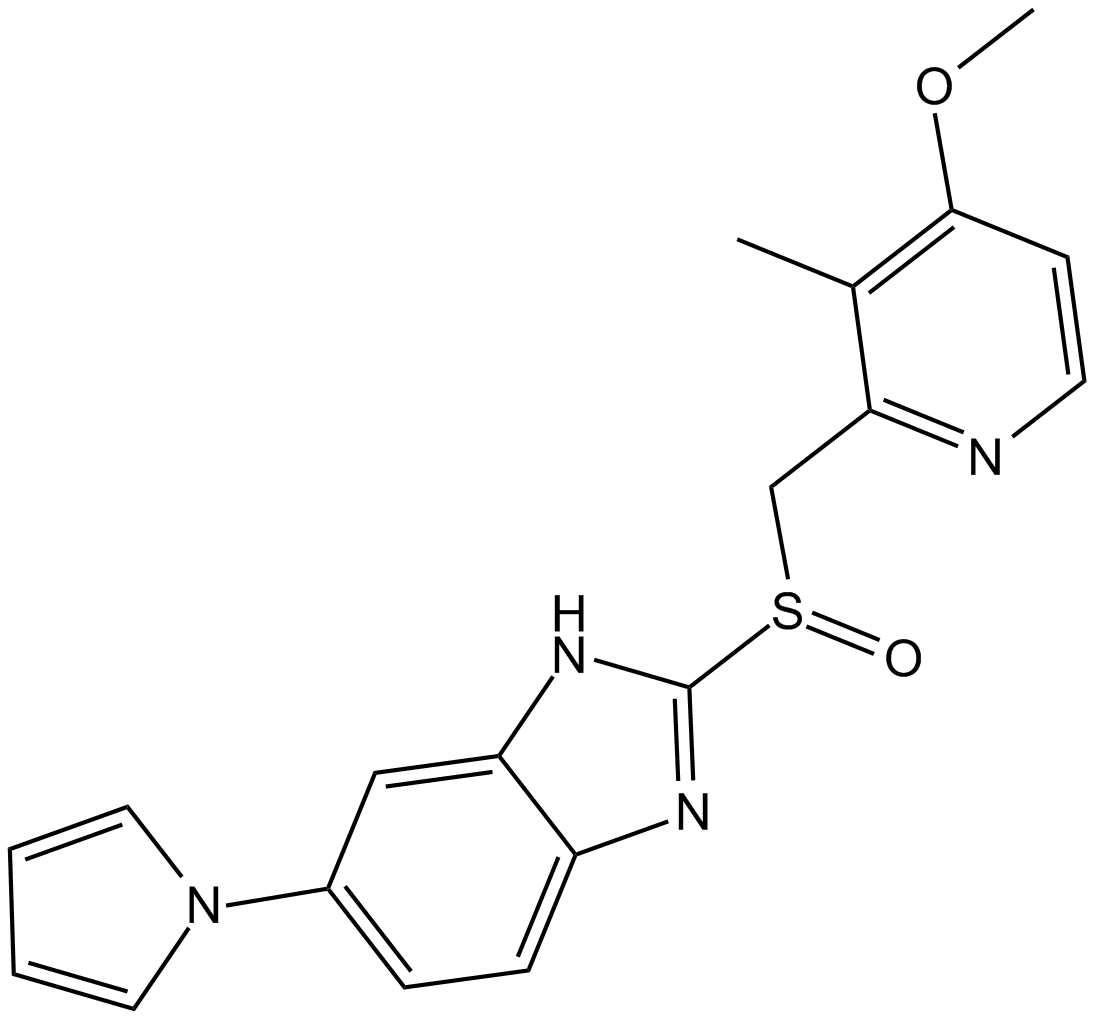 C6364 Ilaprazole
C6364 Ilaprazole -
 C6367 Dapagliflozin ((2S)-1,2-propanediol, hydrate)
C6367 Dapagliflozin ((2S)-1,2-propanediol, hydrate) -
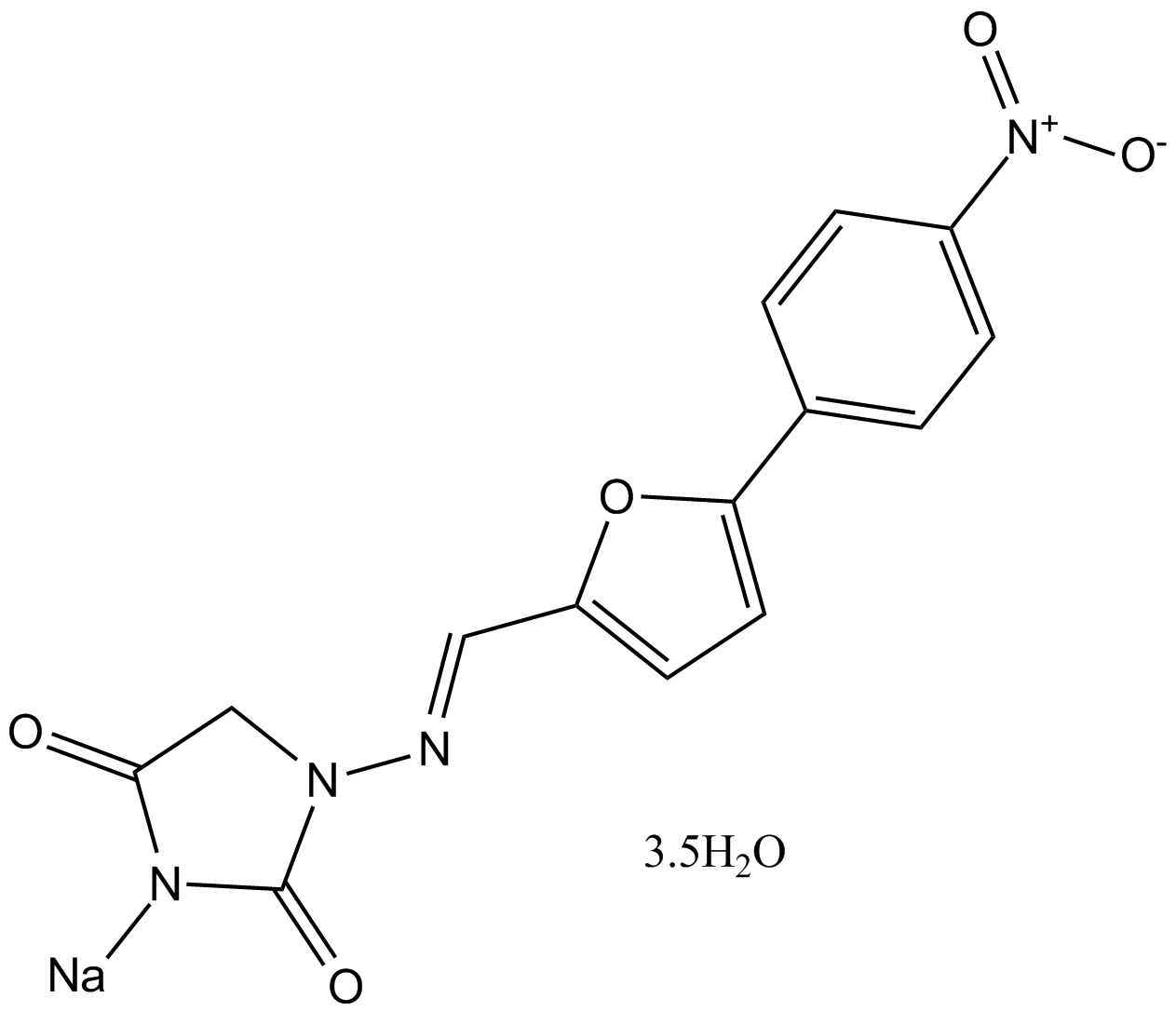 C6373 Dantrolene (sodium hemiheptahydrate)
C6373 Dantrolene (sodium hemiheptahydrate) -
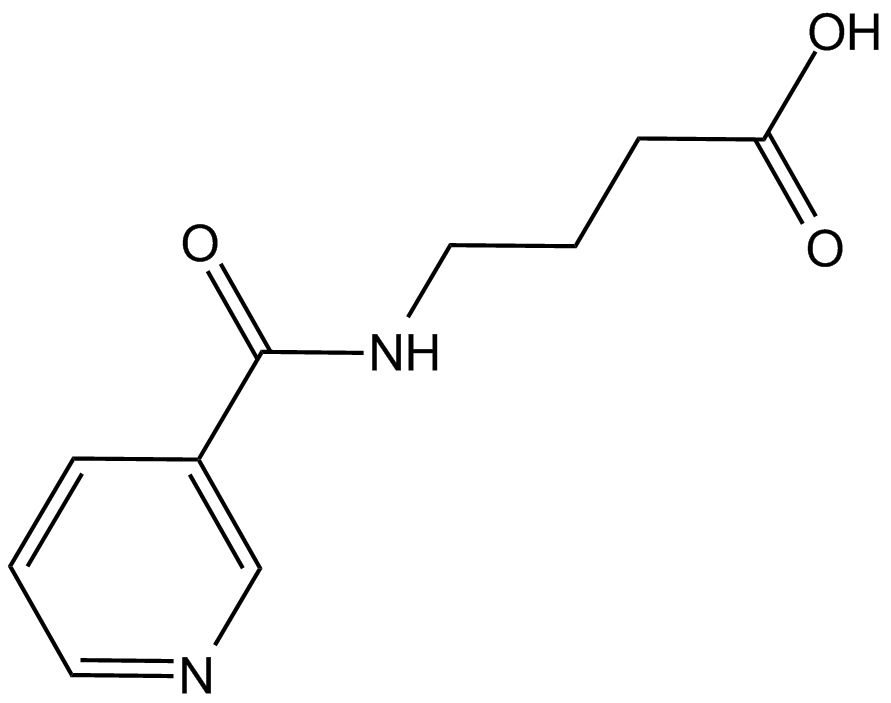 C6378 Pikamilone
C6378 Pikamilone -
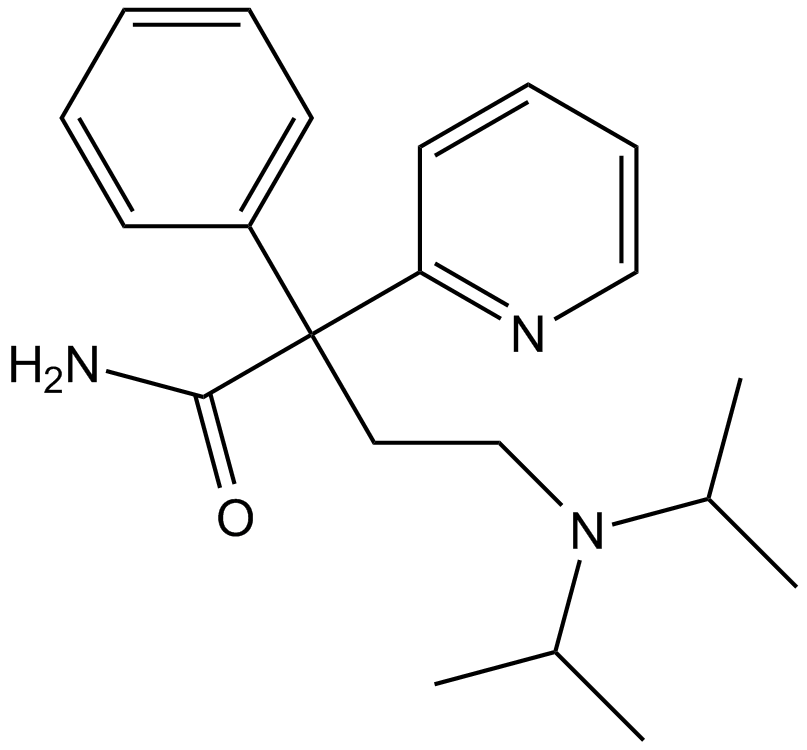 C6387 Disopyramide
C6387 Disopyramide -
 C6399 Omeprazole Sodium
C6399 Omeprazole Sodium


